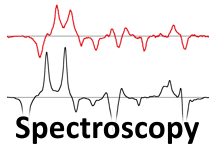Software Development
I am developing and contributing to several pieces of scientific software:
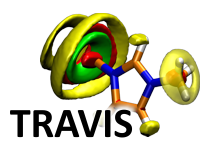 |
TRAVIS, which stands for Trajectory Analyzer and Visualizer, is a tool which can compute a plethora of functions and histograms from molecular dynamics and Monte Carlo simulation trajectories. It is open source free software, platform independent, and does not require external libraries. I am the main developer of TRAVIS. |
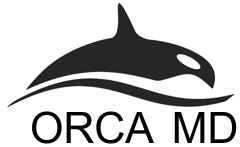 |
The ORCA MD module which I am developing is a part of the ORCA program package. It enables to run ab initio molecular dynamics simulations of non-periodic systems, using all the different electron structure methods (HF, Semiempirics, DFT, MP2, excited states, multi-reference, ...) that ORCA offers. |
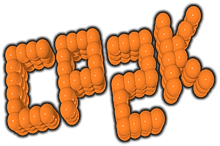 |
I have contributed several features to the CP2k program package for electron structure calculations and AIMD simulations of periodic bulk phase systems. Currently, this is the Voronoi integration to obtain electromagnetic moments from the bulk phase (useful, e.g., for computing vibrational spectra), and support for writing volumetric data directly in the losslessly compressed bqb file format. |
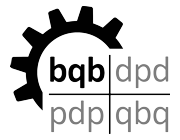 |
The bqb Format which my colleague Martin Thomas and me have developed is a file format for lossless compression of simulation trajectories, together with the software to compress and decompress such trajectories. It is suitable for both atom positions (standard trajectories) and volumetric data trajectories, such as electron density on a grid (Cube files). In the latter case, a very high lossless compression ratio of up to 35 : 1 is reached. |
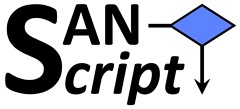 |
SANscript ("Scientific Algorithm Notation Script") is an interpreted programming language for scientific purposes, which I am currently developing. It is already used as the input language of the ORCA molecular dynamics module. There is no public release of the language definition and the interpreter yet. Here, you can get a first glimpse on the syntax and features of the language. |

